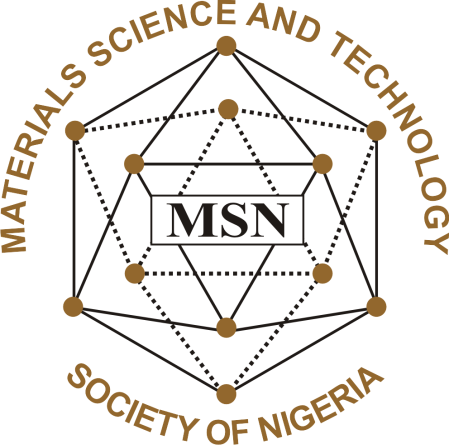The Finite Element Modelling of Selective Laser Melting of Metals.
Abstract
The Selective Laser Melting (SLM) is one of the Additive Manufacturing (AM) processes and it is more favoured over Selective Laser Sintering (SLS) because it can consolidate metal powders to a near full density (with relative density of more than 99%) and it can achieve a surface roughness of less than 20µm. However, the SLM process involves the use of high density energy laser to operate, by melting and re-solidification at very fast rates, which makes it very prone to defects and failures, like cracking, balling, delamination. Residual stresses are also caused by the high thermal gradient between the melt pool and the powder solid. A three-dimensional Finite Element Model (FEM) of selective laser melting was developed by using ANSYS software (workbench module 16.2) to predict the unsteady temperature evolution and distribution between the melt pool and the powder solid. The model incorporated a coupled thermal and mechanical simulation with convection. Temperature dependent material properties were also incorporated into the model. The moving heat source was described as a Gaussian distribution. It was observed that the heat accumulated during the previous scan tracks affected the next scan track and that the heat distribution to the surrounding powder bed was due to the fact that the heated-up material has greater conductivity than the untreated powder in front of the laser. This insight may be useful in the production of as fabricated parts by the SLM process.
Keywords: Additive Manufacturing (AM), Selective Laser Melting (SLM), Finite Element Method (FEM)
